Shochu
Shochu is big in Japan. There are approximately 500 distilleries, many being family-owned, and collectively they produced 833 million liters of shochu in 2016. Comparatively, 2018 was the highest tequila production output in a decade, and only 309.1 million liters were produced. Shochu is also relatively big in Hawaii, as many are familiar with Iichiko Shochu; however, many are unfamiliar with the shochu category as a whole. It wasn’t until a shochu tasting with Young’s Market Company of Hawaii and Certified Shochu Advisor and Educator, Stephen Lyman that we discovered the complexity in the multitude of styles that make up Honkaku Shochu. Before, like many, we believed shochu to be a lower proof vodka. In this shochu series, we will be exploring these complexities by category and the various shochu available in Hawaii.
Major Point of Clarification: Shochu vs Soju
Shochu and soju ARE NOT THE SAME, except in the eyes of the Alcohol and Tobacco Tax and Trade Bureau (TTB) for labeling purposes. This labeling confusion occurred because shochu was recently re-popularized in Japan in the early 2000’s, whereas soju has long-standing popularity in Korea. This recent history was paralleled by California liquor laws which, in 1998, allowed for shoju to be sold in establishments with beer and wine licenses. The only requirement was 24% ABV and the bottle to be labeled “soju or shoju”. Soju, however, has no real definition in terms of the production process with only Andong Soju having a Geographical designation recognized by the TTB in TTB Ruling 2012–1. Interestingly, these designations were made in exchange for the recognition for the Bourbon and Tennessee whiskey in Korea as distinct styles of whiskey.
Nuruk is different from koji; even though both start with rice, koji is applied to rice to create koji rice in a pre-fermentation process, whereas nuruk is both a saccharification and starter by yeast and does not require pre-fermentation.
Shochu and soju ARE NOT THE SAME, except in the eyes of the Alcohol and Tobacco Tax and Trade Bureau (TTB) for labeling purposes. This labeling confusion occurred because shochu was recently re-popularized in Japan in the early 2000’s, whereas soju has long-standing popularity in Korea. This recent history was paralleled by California liquor laws which, in 1998, allowed for shoju to be sold in establishments with beer and wine licenses. The only requirement was 24% ABV and the bottle to be labeled “soju or shoju”. Soju, however, has no real definition in terms of the production process with only Andong Soju having a Geographical designation recognized by the TTB in TTB Ruling 2012–1. Interestingly, these designations were made in exchange for the recognition for the Bourbon and Tennessee whiskey in Korea as distinct styles of whiskey.
Nuruk is different from koji; even though both start with rice, koji is applied to rice to create koji rice in a pre-fermentation process, whereas nuruk is both a saccharification and starter by yeast and does not require pre-fermentation.
Ingredients |
Fermentation Starter |
Distillation |
Finishing Ingredients |
|
Honkaku Shochu |
Rice in the first fermentation, variable ingredients in the second |
Koji |
Single distillation |
Proofed with water |
Multiple Distillation (korui) Shochu |
Rice in first fermentation, variable ingredients in second |
Koji |
Multiple distillations |
Proofed with water |
Soju, Traditional |
Originally used rice, but the use of rice for anything other than food in 1965 was outlawed post Korean War |
Nuruk |
Single |
Proofed with water |
Soju, Diluted |
Varies, but rarely uses rice |
Yeast |
Multiple and continuous |
Water to proof as well as the addition of sugar or glycol as a sweetener |
Shochu History
Shochu and awamori were developed independently. The independent Kingdom of Ryuku (now Okinawa), was introduced to distilling in the 15th century through trade with the Ayutthaya Kingdom (now Thailand). This resulted in awamori. How distilling reached Japan is still inconclusive. The prevailing theories according to the Sake School of America are: via trade with Ryuku Kingdom or trade via the Korean Peninsula.
Shochu’s popularity faded overtime as beer and other spirits were introduced to Japan; however, a shochu boom in the early 2000’s gave rise to a multitude of craft distilleries. According to Japan’s 2018 National Tax Agency Report, shochu overtook sake in 2003.
Shochu and awamori were developed independently. The independent Kingdom of Ryuku (now Okinawa), was introduced to distilling in the 15th century through trade with the Ayutthaya Kingdom (now Thailand). This resulted in awamori. How distilling reached Japan is still inconclusive. The prevailing theories according to the Sake School of America are: via trade with Ryuku Kingdom or trade via the Korean Peninsula.
Shochu’s popularity faded overtime as beer and other spirits were introduced to Japan; however, a shochu boom in the early 2000’s gave rise to a multitude of craft distilleries. According to Japan’s 2018 National Tax Agency Report, shochu overtook sake in 2003.
Styles of Shochu
-
Ko-rui Shochu
-
Otsu Rui Shochu
-
Awamori
<
>
Ko-rui Shochu or Multiple Distillation Shochu
- Must be bottled at less than 36% alcohol by volume
- This distillation type is similar to vodka in that the goal of distillation is to create a colorless, odorless and tasteless distillate. The main difference between ko-rui shochu and vodka is the usage of koji.
Otsu Rui Shochu or Single Distillation Shochu
- Must be bottled at less than 45% alcohol by volume
- The otsu rui style of distillation is a defining characteristic of Honkaku shochu or “Real-Thing Shochu.”
- Of the otsu rui, there are two other distillation types:
- Atmospheric Distillation, where the still is not pressurized in the same way that vodka, rum or whiskey still is typically not pressurized
- Vacuum Distillation done in vacuum pressurized metal still
- Awamori only uses the first shikomi process because the alcohol content of moromi is higher than that of other spirits’; a high proof spirit can be made from one fermentation. In this particular process, black koji fungus, native to Okinawa, is sprinkled over steamed rice to cultivate the koji, then one part koji and 1.5 parts water are added to a fermentation tank, along with yeast. Fermentation lasts for approximately two weeks after which the moromi becomes approximately 18% ABV. The moromi is then
Ingredients
-
Rice
-
Koji/Yeast
-
Base Fermentable
-
Secondary Fermentable
<
>
Rice is always used in shochu production and is always inoculated with the national fungi of Japan, koji.
Koji (Aspergillus oryzae) is used in order to break down the rice’s starches. Types include:
- Kuro (black) which is bold
- Shiro (White) which is typically light and mild
- Ki (Yellow) which can bring out fruit aromas
Base Fermentable Ingredient
Out of single distillation shochu, the following can only be called Honkaku Shochu:
Out of single distillation shochu, the following can only be called Honkaku Shochu:
- Kome (Rice) Shochu
- Awamori (Thai Indica Rice) Shochu
- Mugi (Barley) Shochu
- Imo (Sweet Potato) Shochu
- Kokuto (Sugarcane) Shochu
- Sakekasu (Filtered Sake Cake) Shochu
Secondary Fermentable Ingredients
Ingredients that are occasionally added into the Niji Shikomi (secondary fermentation) include: Green Tea, Shiso, Sesame, Chestnut, Carrot, Green Pepper, Aloe, Tomato
Ingredients that are occasionally added into the Niji Shikomi (secondary fermentation) include: Green Tea, Shiso, Sesame, Chestnut, Carrot, Green Pepper, Aloe, Tomato
Production Process
-
Koji Propogation
-
First Fermentation (Fist Shikomi)
-
Distillation
-
Dilution/Finishing
<
>
Shikomi Process
The process to put ingredients/materials into tank.
Ichiji Shikomi aka First Shikomi (used to cultivate yeast)
Approximately the same amount of koji and water is added to a fermentation tank. For about a week, the yeast is allowed to grow and form into the first moromi (mash).
Niji Shikomi or Second Shikomi (Primary Fermentation)
The main fermentable ingredient and water are added to the first moromi to decompose the starches with the enzymes contained in the koji and ferment along with the yeast to produce alcohol. This takes one to two weeks, depending on the main ingredient. The alcohol content of the second moromi, at this stage, is about 14–20%. The resulting second moromi is then transferred to pot stills in preparation for the distillation process.
The process to put ingredients/materials into tank.
Ichiji Shikomi aka First Shikomi (used to cultivate yeast)
Approximately the same amount of koji and water is added to a fermentation tank. For about a week, the yeast is allowed to grow and form into the first moromi (mash).
Niji Shikomi or Second Shikomi (Primary Fermentation)
The main fermentable ingredient and water are added to the first moromi to decompose the starches with the enzymes contained in the koji and ferment along with the yeast to produce alcohol. This takes one to two weeks, depending on the main ingredient. The alcohol content of the second moromi, at this stage, is about 14–20%. The resulting second moromi is then transferred to pot stills in preparation for the distillation process.
Distillation
Joatsu or Atmospheric Distillation is the most common distillation type and resembles distillation of other spirits. It refers to the pressure inside the still being the same as the outside atmospheric pressure. In this distillation method, the temperature of the moromi ranges from 85-95°C. Because the moromi is strongly acidic, the chemical reactions result in the creation of a rich bouquet.
Genatsu or Vacuum Distillation stands in contrast to the atmospheric distillation method and has pressure significantly lower than the inside of the still. This is achieved by decompression with a vacuum pump. This lowers the vaporization point of the alcohol and only requires the moromi to range from 45-55°C. Due to the lower temperature required in vacuum distillation, light and subtle flavors are produced. This type of still is typically only used in shochu making, but can also be found in Oxley Gin.
Joatsu or Atmospheric Distillation is the most common distillation type and resembles distillation of other spirits. It refers to the pressure inside the still being the same as the outside atmospheric pressure. In this distillation method, the temperature of the moromi ranges from 85-95°C. Because the moromi is strongly acidic, the chemical reactions result in the creation of a rich bouquet.
Genatsu or Vacuum Distillation stands in contrast to the atmospheric distillation method and has pressure significantly lower than the inside of the still. This is achieved by decompression with a vacuum pump. This lowers the vaporization point of the alcohol and only requires the moromi to range from 45-55°C. Due to the lower temperature required in vacuum distillation, light and subtle flavors are produced. This type of still is typically only used in shochu making, but can also be found in Oxley Gin.
Jukusei (Resting)
According to Lyman, all shochu generally rests for three months to one year. They can age in tanks, earthenware pots or oak. Most shochu are not aged in stainless steel glass lined tanks; some age in clay pots. These clay pots pick up briny-ness if aged near the ocean, similar to a Scotch. Wooden barrels are also used in the aging process.
Dilution
Most shochu is diluted to 25% ABV, though this varies by the distiller’s preference. According to Stephen Lyman: “Dilution ranges from adding shikomi-mizu (brewing water) a day before bottling to letting it rest after dilution for up to a month; I've not heard of it resting longer than that before bottling. However, the water added is almost always the same water source used for making the fermentation mash. Distilleries will often use one water source for washing, cleaning, running steam-powered equipment; their shikomi-mizu is reserved for the actual production processes, such as washing ingredients, building fermentation, and dilution.”
Roka (Filtration)
Filtration is only used to remove particulate as activated carbon is not allowed. Techniques vary depending on how many residual solids the distiller wants to remove.
According to Lyman, all shochu generally rests for three months to one year. They can age in tanks, earthenware pots or oak. Most shochu are not aged in stainless steel glass lined tanks; some age in clay pots. These clay pots pick up briny-ness if aged near the ocean, similar to a Scotch. Wooden barrels are also used in the aging process.
Dilution
Most shochu is diluted to 25% ABV, though this varies by the distiller’s preference. According to Stephen Lyman: “Dilution ranges from adding shikomi-mizu (brewing water) a day before bottling to letting it rest after dilution for up to a month; I've not heard of it resting longer than that before bottling. However, the water added is almost always the same water source used for making the fermentation mash. Distilleries will often use one water source for washing, cleaning, running steam-powered equipment; their shikomi-mizu is reserved for the actual production processes, such as washing ingredients, building fermentation, and dilution.”
Roka (Filtration)
Filtration is only used to remove particulate as activated carbon is not allowed. Techniques vary depending on how many residual solids the distiller wants to remove.
Geographical Designations for Shochu
Appellation d’origine contrôlée status under the World Trade Organization’s Trade-Related Intellectual Property (TRIPS) Agreement was granted to the following:
- Iki (Iki-Shi, Nagasaki Prefecture): ⅓ Rice ⅔ Barley
- Kuma (Kuma-gun and Hitoyoshi-Shi Kumamoto Prefecture: Rice
- Satsuma (Kagoshima Prefecture Excluding Amami-Shi and Oshima-Gun): Sweet Potato
- Ryukyu Awamori
- Awamori only uses the first shikomi process because the alcohol content of moromi is higher than that of other spirits’; a high proof spirit can be made from one fermentation. In this particular process, black koji fungus, native to Okinawa, is sprinkled over steamed rice to cultivate the koji, then one part koji and 1.5 parts water are added to a fermentation tank, along with yeast. Fermentation lasts for approximately two weeks after which the moromi becomes approximately 18% ABV. The moromi is then
Resources
Japan Sake and Shochu Maker’s Association:
Shochu Textbook from Japan Sake and Shochu makers Association
National Research Institute for Brewing
Government Research
Seminar Style Learning
Sake School of America: Discovering Shochu
https://www.sakeschoolofamerica.com/category/news/discoveringshochu/
Videos
Regional Shochu
Stephen Lyman’s website Kanpai
Shochu Textbook from Japan Sake and Shochu makers Association
National Research Institute for Brewing
Government Research
- National Tax Agency Report: Section V -- Proper Management of Liquor Administration
- 2017: https://www.nta.go.jp/english/Report_pdf/2017e_08.pdf
- 2018: https://www.nta.go.jp/english/Report_pdf/2018e_08.pdf
Seminar Style Learning
Sake School of America: Discovering Shochu
https://www.sakeschoolofamerica.com/category/news/discoveringshochu/
Videos
- Stephen Lyman Shochu Seminar
https://www.youtube.com/watch?v=cCEQMXBeDjo - Tales of the Cocktail Shochu Seminar
https://www.slideshare.net/BrianMatthys/tales-of-the-cocktail-shochu-seminar-16 - A Unique Story on Shochu & Awamori by the Japan Sake And Shochu Makers Association
https://www.youtube.com/embed/OY0VDJSicoQ?rel=0&autoplay=1&start=0000&end=1721
Regional Shochu
- Types of Kyushu Shochu
https://www.welcomekyushu.jp/kampai/en/special/special06
Stephen Lyman’s website Kanpai

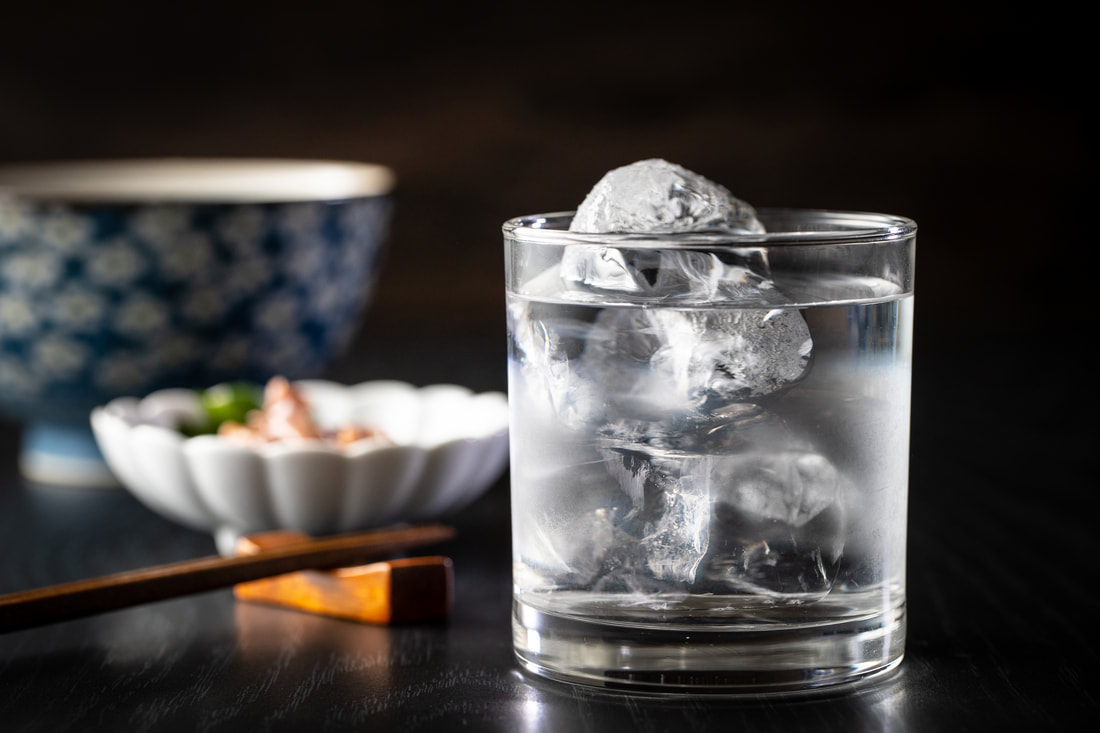
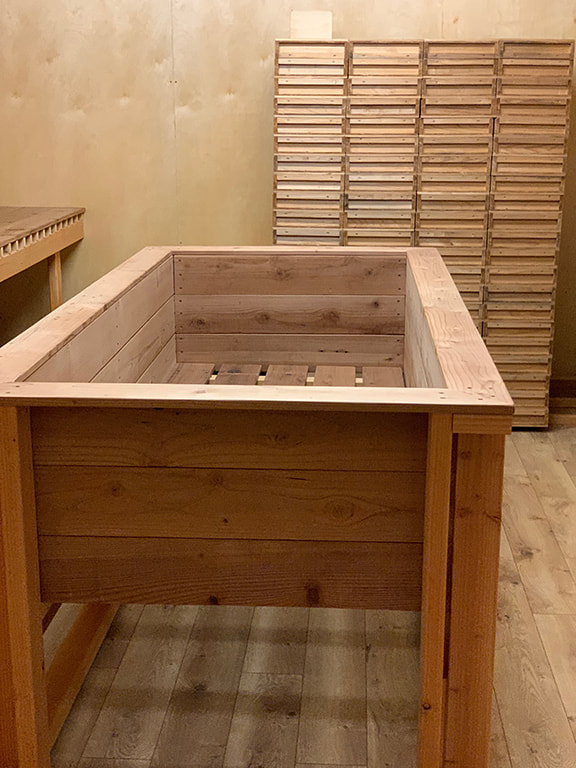
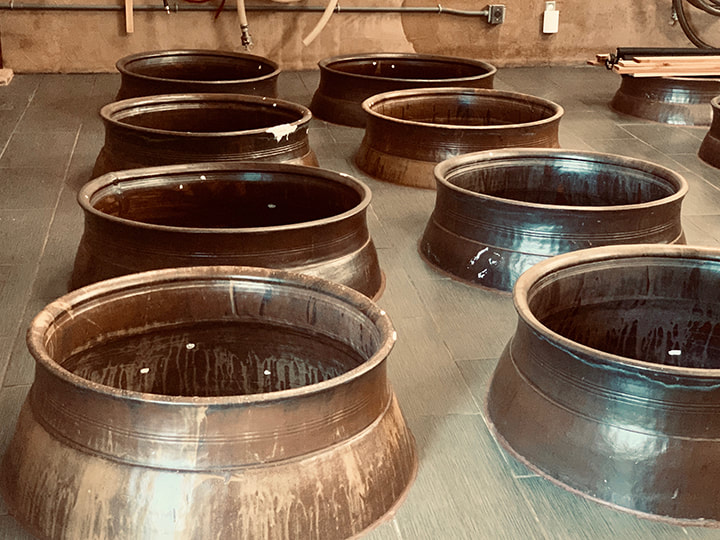
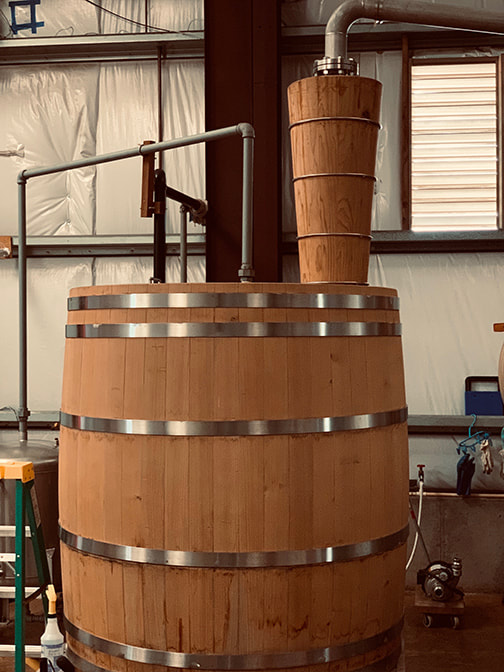
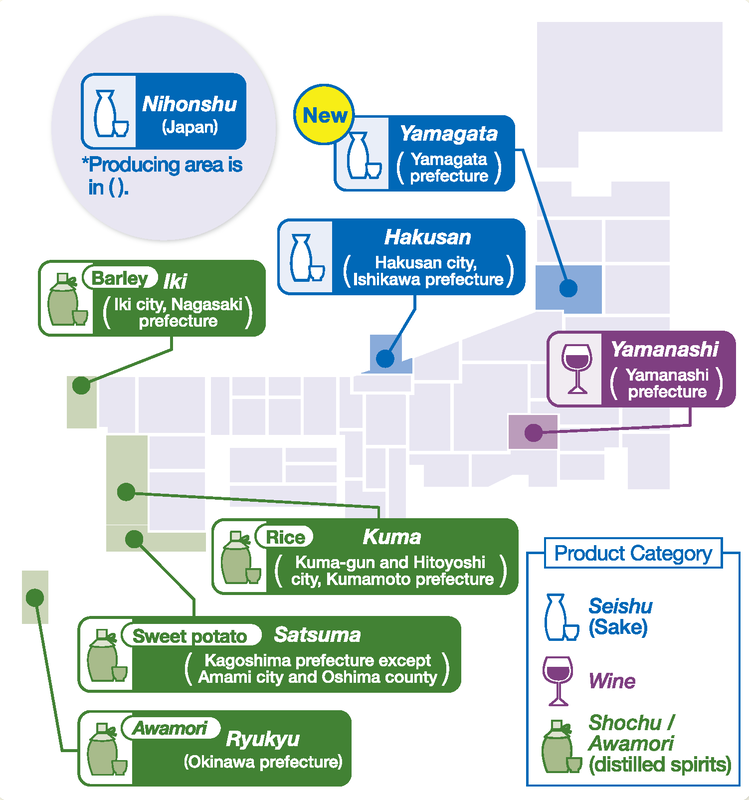
 RSS Feed
RSS Feed